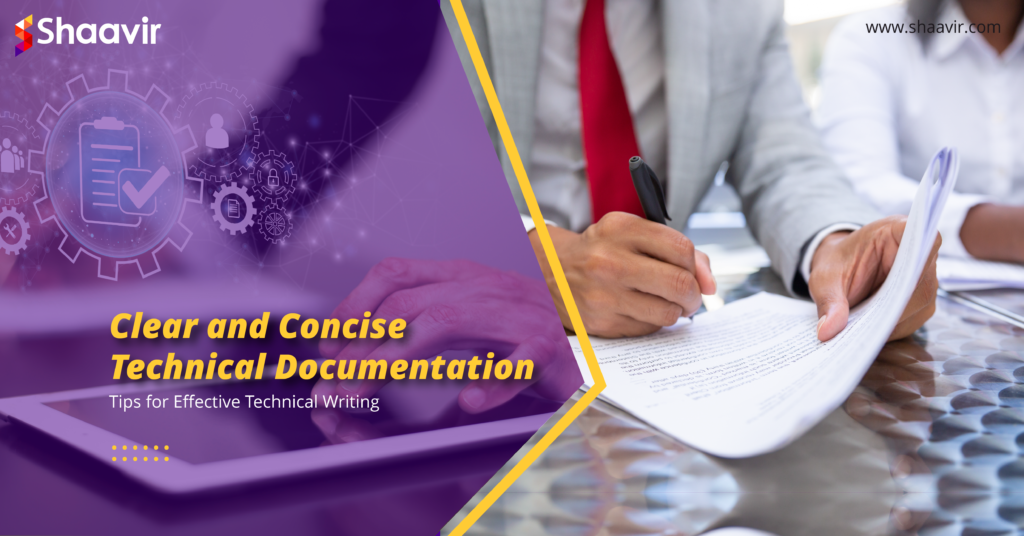Technical writing plays a pivotal role in conveying complex technical information in a clear, concise, and understandable manner. It encompasses a wide range of written materials, including user manuals, product specifications, training guides, and troubleshooting guides. Effective technical writing is essential for ensuring that users can safely, efficiently, and correctly operate and maintain technical products and systems. It also serves as a valuable resource for training new employees and providing ongoing support to customers.
Understanding the Essence of Technical Writing
At its core, technical writing is about bridging the gap between technical experts and non-technical audiences. It requires a deep understanding of the subject matter, coupled with the ability to translate complex concepts into easily comprehensible language. Technical writers must also possess strong organizational and communication skills to structure their writing in a logical and engaging manner.
The Significance of Search Engine Optimization (SEO)
In today’s digital age, where information is readily accessible online, search engines play a crucial role in connecting technical writers with their target audience. Optimizing technical documentation for SEO ensures that it appears prominently in search results when users are searching for information related to specific technical products or services.
Key SEO Elements for Technical Writing
To enhance the visibility and searchability of technical documentation, incorporate the following SEO elements:
- Relevant Keywords: Identify and strategically incorporate keywords that potential readers are likely to use when searching for information related to the technical topic. Use these keywords naturally throughout the documentation, including in the title, headings, and body text.
- Clear and Concise Language: Use clear, concise language that is easy to understand for a non-technical audience. Avoid jargon and overly technical terms that may confuse or alienate readers.
- Well-Structured Content: Organize the documentation in a logical and well-structured manner. Use headings, subheadings, bullet points, and numbered lists to break up text and make it easy to navigate.
- Meta Descriptions: Provide compelling meta descriptions for the technical documentation, offering a concise summary of the content and its relevance to the reader’s interests.
- Image Optimization: Use relevant images and optimize their alt text with keywords to improve search engine visibility. Ensure that images are of high quality and add value to the content.
- Mobile-Friendly Design: Ensure the technical documentation is optimized for mobile devices, as a significant portion of searches occur on smartphones and tablets.
- Backlinks: Build backlinks to the technical documentation from reputable websites to enhance its authority and ranking in search results.
Additional Tips for Effective Technical Writing
- Know Your Audience: Tailor the writing style and language to the intended audience. Consider their level of expertise, background knowledge, and potential biases.
- Conduct Thorough Research: Conduct extensive research to ensure the accuracy and completeness of the technical information presented. Verify facts, figures, and procedures to maintain credibility.
- Use Visual Aids: Incorporate visuals such as diagrams, flowcharts, and screenshots to enhance understanding and break up text-heavy sections.
- Provide Examples: Use real-world examples and case studies to illustrate complex concepts and make the content more relatable.
- Test and Revise: Test the technical documentation with representative users to identify any areas of confusion or ambiguity. Revise and refine the content based on feedback.
- Maintain Consistency: Use consistent terminology, formatting, and style throughout the documentation to ensure a professional and polished presentation.
